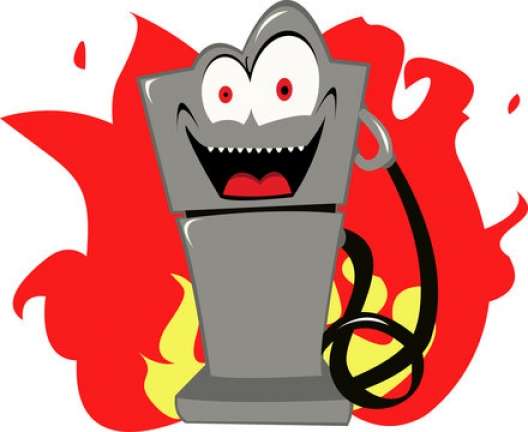If you’ve been mastering the basics of driving, you’ve probably been practicing with manual cars that have gears, an accelerator, and a brake pedal. Automatic vehicles, on the other hand, do not have a clutch. This implies that if you’ve learned with a manual car that possesses five to six gears, you’ll have a difficult time adapting to this latest clutchless car. Are you replacing your manual vehicle with an automatic? One quick tip for driving automatic cars is to move on from the pedal and start getting used to the gearstick. Here are some helpful tips to assist you in your latest transition to driving an automatic.
Automatic Gearboxes
It is important to have an understanding of the gearboxes because it is quite different from that of a manual car. Most automatic transmissions allow you to choose between P, R, N, and D. Each of these initials is explained below.
- P means Park. It is only used when you have come to a complete stop and are about to exit your vehicle. This will lock the car’s transmission and prevent it from moving.
- R means Reverse. Its functionality is similar to that of the gear (reverse) of an old manual transmission. It must be employed when you wish for the car to move in a backward direction.
- N means Neutral. Shifting into neutral in a manual transmission is similar to shifting out of gear. It should not be selected while moving – this is widely known as coasting, which is used together with the handbrake if you are only stopping the car for a short period of time, particularly when stuck in traffic.
- D means Drive. It will automatically assign gears and enable the vehicle to start moving forward.
There are automatic transmissions that give the driver the option of selecting either first or second gear. This is helpful when you need to use the gearbox to slow down, such as when moving down a bumpy slope.
The following are some helpful hints for beginner drivers of automatic cars.
- Be Comfortable
Once you are nervous, it will affect your driving. Even though you may not collide with any pedestrians while driving, there is still a chance that your vehicle will sustain some scratches. As a result, you should not let your anxiety affect your driving. Before starting the engine of an automatic transmission, relax and ensure that your seat belt is correctly fastened. It is important that you understand that you are not attempting to operate a unique vehicle. This vehicle is extremely similar to the one in which you first gained driving experience. If you are extremely nervous, you should keep an experienced driver close by who can guide you in the event that things begin to spiral out of control.
- Take Driving Lessons
It is recommended that you take driving lessons before hitting the road. It takes very little time and money to learn how to drive an automatic car. For example, automatic driving lessons from Manchester based driving school cost less than $200 and can be completed in five days. That is how inexpensive and quick driving lessons can be.
- Forget Clutch-Pedal
There are still gears in automatic cars, but the majority of gear changes are made by the vehicle itself. As a result, there is no clutch pedal; instead, there is just an accelerator and a brake pedal. Do not step on both of those pedals at the same time because it will cause the car to become agitated. To prevent yourself from making this mistake, you can put your left foot in front of your right foot.
- Never Drive in Neutral
There’s a common misconception that keeping the gear in neutral while coasting will save you gas money. The reality is that this can cause brake damage and inhibit your vehicle from accelerating rapidly. The latter is a potential danger. Furthermore, you no longer have to coast in neutral since newer transmissions allow you to do so now.
- Be Ready to Creep
When in Drive or any forward gear, an automatic will move forward very slowly. Likewise, it will slowly roll backward if you are in Reverse. This is known as creeping and it allows you to basically keep your foot on the brake when you are caught up in traffic. To avoid moving when you are not ready, select Neutral and make use of the handbrake.
- Wear Proper Footwear
Many people prefer to drive shoeless or with socks on, but this is extremely dangerous and should be avoided at all costs. Your feet may slip away from the pedals or become stuck beneath them, causing you to lose control of the vehicle. Furthermore, if you don’t wear good shoes, you won’t get the same level of grip, which might make it tough to stop the car in case of emergencies.
Disadvantages of an Automatic Vehicle
If you are a car enthusiast, these cars will do no wrong, but if you are the type of person who is constantly worried about gas prices, automatic cars are known to consume more fuel than old manual cars.
As soon as you get used to driving automatic cars, you won’t want to touch a manual vehicle ever again. This is because automatic cars are more efficient as they require much fewer actions to operate them than manuals did. Just take things slow, learn as much as you can, and hone your abilities through practice.















